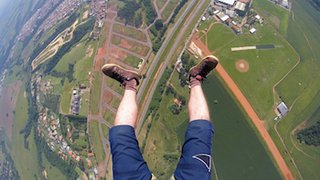Search for opportunities to participate in a hearing or ear-related research study.
Vestibular Disorders
New Patient Appointment or 214-645-8300
Results: 3 Locations
UT Southwestern Frisco
12500 Dallas ParkwayFrisco, Texas 75033 214-645-8300 Directions to UT Southwestern Frisco, Frisco Parking Info for UT Southwestern Frisco
Otolaryngology Clinic
at West Campus Building 3 2001 Inwood Road, 6th and 7th FloorDallas, Texas 75390 214-645-8898 Directions to Otolaryngology Clinic at West Campus Building 3, Dallas Parking Info for Otolaryngology Clinic
Physical Therapy
at School of Health Professions Building 6011 Harry Hines Blvd., V3.106Dallas, Texas 75390 214-648-6562 Directions to Physical Therapy at School of Health Professions Building, Dallas Parking Info for Physical Therapy





